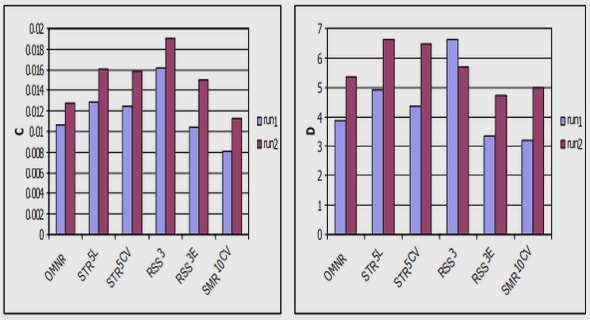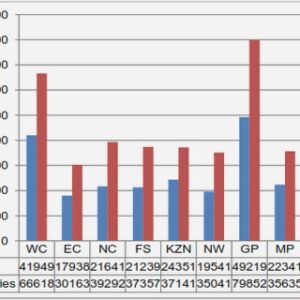(Downloads - 0)
For more info about our services contact : help@bestpfe.com
Table of contents
Chapter 1 Literature review
1.1 Macro approach to creep of clay
1.1.1 One-dimensional creep test
1.1.2 Triaxial creep test
1.1.3 Other creep tests
1.1.4 Field creep tests
1.2 Shear dilatancy/contractancy related to creep
1.2.1 Typical shear dilatancy/contractancy equations
1.2.2 Evolution shear dilatancy/contractancy during creep
1.3 Micro approach to creep of clay
1.3.3 Evolution of clay microstructure under different stresses
1.3.4 Evolution of clay microstructure related to creep
1.4 Conclusions
1.4.1 Macroscopic study of creep
1.4.2 Microscopic study of creep
Chapter 2 Material and Experimental Techniques
2.1 Material properties and specimen preparation
2.1.1 Mineralogy and kaolinite properties
2.1.2 One-dimensional consolidation and sample preparation
2.2 Macroscopic research techniques
2.2.1 Axisymmetric triaxial tests
2.2.2 Calculation of test parameters
2.3 Microscopic research techniques
2.3.1 Preparation of specimens for MIP and SEM
2.3.2 Mercury intrusion porosimetry (MIP)
2.3.3 Scanning Electron Microscope (SEM) technique and method of analysis
2.3.4 Method of analysis of particles and void
2.4 Conclusions
Chapter 3 Creep behavior and strain mechanisms
3.1 Strain mechanisms along purely deviatoric stress path
3.1.1 The 3 domains of deformation on (p′-q) plane
3.1.2 The Kaolin K13 clay behavior
3.1.3 Discussions
3.2 Identification of creep behavior related to the dilatancy phenomenon
3.2.1 Introduction of the creep phase
3.2.2 Creep analyses in (ε1- εv- q) and (e-log p′) plane
3.3 Influence of stress condition on creep evolution
3.3.1 Case of test P010
3.3.2 Creep evolution in normalized (p′-q) plane
3.3.3 Creep rupture
3.4 Evolution of creep strain rate
3.4.1 Axial strain rate
3.4.2 Volumetric strain rate
3.5 Evolution of deviatoric strain
3.6 Summary and discussion
3.6.1 Dilatancy rate
3.6.2 Viscoplasticity evolution
3.6.3 Summary
Chapter 4 Microscopic characterization of clay related to creep
4.1 Quantitative analysis of clay structure evolution
4.1.1 In contractancy domain
4.1.2 In pseudo-elastic domain
4.1. 3 In dilatancy domain
4.1.4 Structure evolution with the variation of stress
4.1.5 Discussion
4.2 Evolution of the pores
4.2.1 Pore orientation
4.2.2 Pore space by SEM and MIP techniques
4.2.3 Pore shape
4.3 Conclusions
Conclusions and perspectives
Summary and conclusions
Perspectives
References



